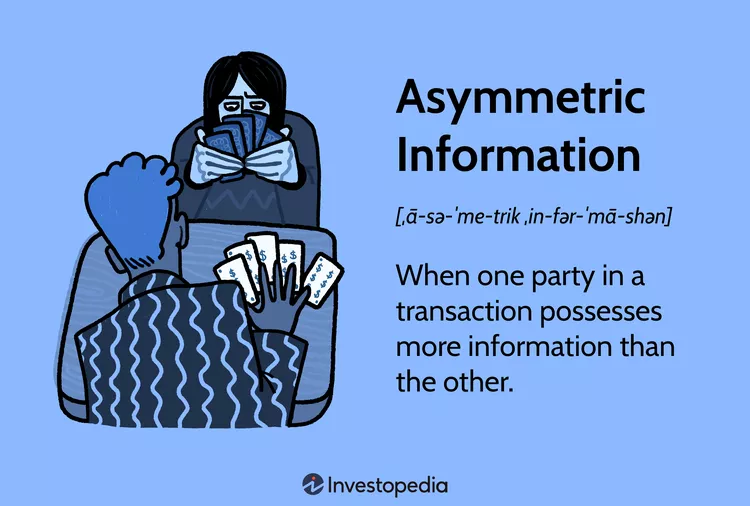
In the realm of economics and business, information asymmetry occurs when one party in a transaction possesses more or better information than the other. This concept, while widely applicable across various sectors, plays a particularly crucial role in the job market. Here’s a closer look at how information asymmetry influences the hiring process and its broader implications.
What is Information Asymmetry?
Information asymmetry refers to situations where there is an unequal distribution of information between two parties. In the job market, this typically manifests in two primary ways:
- Employer’s Perspective: Employers often have more comprehensive information about the job’s requirements, the organizational culture, and long-term opportunities. However, they may lack full insight into the true capabilities and potential of the candidates.
- Job Seeker’s Perspective: Job seekers usually know more about their own skills, experiences, and work ethic. Yet, they might not have a clear understanding of the job’s specifics, the company’s working environment, or future prospects.
How Information Asymmetry Affects the Job Market
- Recruitment Challenges:
- Adverse Selection: Employers might struggle to distinguish between high-quality and low-quality candidates based solely on resumes and interviews, leading to the potential hiring of less suitable candidates.
- Moral Hazard: Once hired, employees might not perform to the level they presented during the hiring process, knowing that the employer cannot fully monitor their daily activities.
- Job Seeker Dilemmas:
- Underemployment: Candidates might accept jobs that are below their qualifications due to a lack of information about better opportunities.
- Mismatch of Expectations: Discrepancies between job descriptions and the actual role can lead to dissatisfaction and high turnover rates.
Addressing Information Asymmetry
- Enhanced Screening Processes:
- Pre-employment Assessments: Skills tests, personality assessments, and job simulations can provide deeper insights into a candidate’s fit for a role.
- Background Checks: Thorough verification of past employment, education, and references can help mitigate risks associated with information asymmetry.
- Transparency and Communication:
- Detailed Job Descriptions: Clear and comprehensive job postings that outline responsibilities, expectations, and company culture can attract better-suited candidates.
- Open Dialogue: Encouraging open communication during the interview process allows candidates to ask questions and gain a realistic view of the job.
- Technology and Data Analytics:
- AI and Machine Learning: Advanced algorithms can analyze vast amounts of data to match candidates with jobs more accurately.
- Online Platforms: Websites like LinkedIn, Glassdoor, and company review sites provide additional information that helps both employers and job seekers make informed decisions.
JobsReach: Bridging the Information Gap

JobsReach is revolutionizing the job market by addressing information asymmetry through our innovative social media recruitment model. Here’s how our JobsReach platform is making a difference
Transparency is the key to trust in the job market, it transforms uncertainty into opportunity
JobsReach
By harnessing the power of social media and cutting-edge technology, JobsReach is effectively narrowing the information gap in the job market, leading to more informed decisions and better employment outcomes for both employers and job seekers.
Information asymmetry is an inherent challenge in the job market, but with the right strategies and tools, it can be managed effectively. Platforms like JobsReach are at the forefront of this transformation, promoting transparency, leveraging technology, and fostering better communication to ensure a more equitable and efficient job market for all.
Leave a Reply